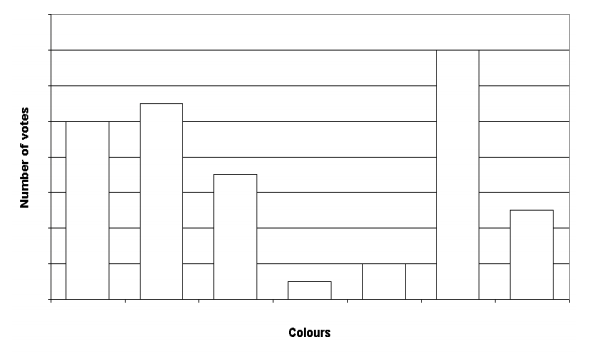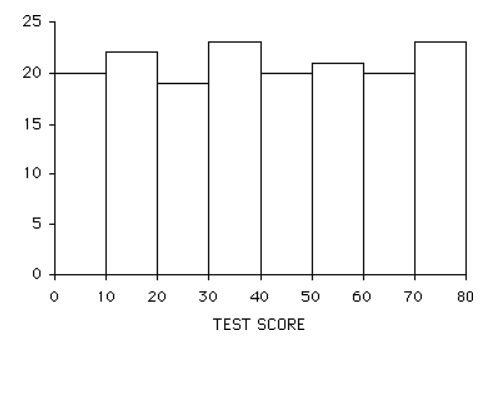A full lesson plan with starter, main and plenary activities. Construction and comparison of pie charts as well as gaining understanding from graphs and data.
Rotate your phone
Once that’s done you’ll be able to experience the CensusAtSchool website perfectly.








